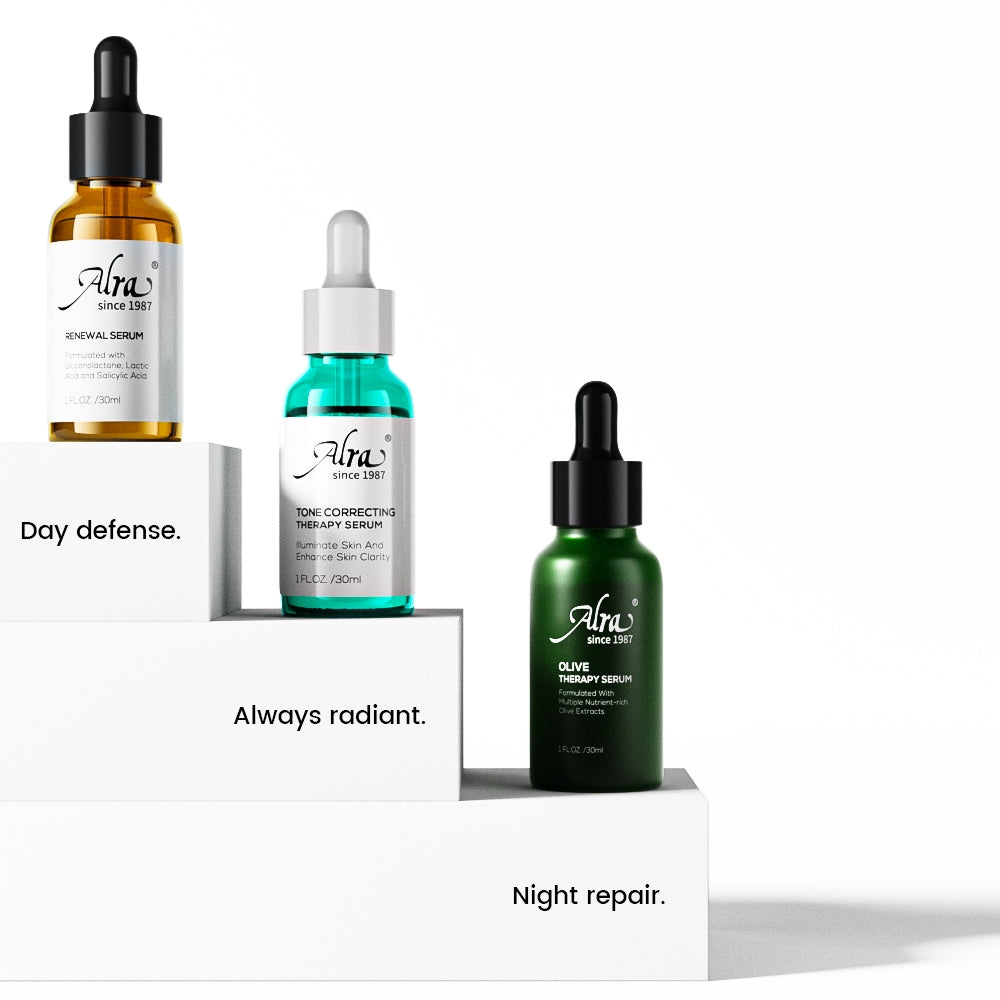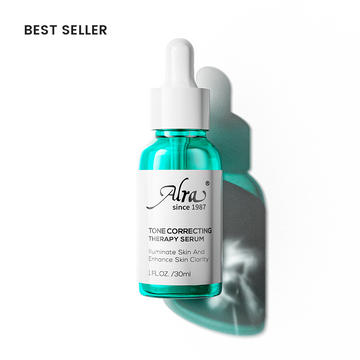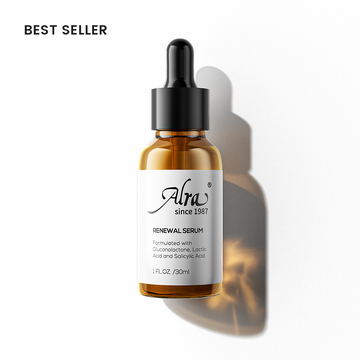Exfoliation for Sensitive Skin: Is It Possible?
If you have sensitive skin, the idea of exfoliation might sound like a recipe for redness and stinging. Maybe a scrub left you blotchy for days. Maybe an acid toner burned the second it touched your skin. It’s easy to believe exfoliation just isn’t for you.
But here’s the truth: gentle, well-chosen exfoliation can actually help sensitive skin look smoother, clearer, and healthier. The trick is knowing how exfoliation works, what makes skin sensitive, and which ingredients do the job without causing chaos.
What Exfoliation Actually Does
Your skin is constantly renewing itself. New cells form in the lower layers, then work their way up to the surface where they eventually shed. That shedding process is called desquamation, which keeps skin looking fresh. But things like aging, stress, and sun damage can slow it down, leaving dead cells to pile up on the surface. This can cause dullness, rough texture, and clogged pores.
When you exfoliate, you help loosen and remove those built-up cells so new ones can take their place. Done right, this can:
- Smooth uneven texture
- Brighten tone
- Reduce the look of clogged pores
- Help your other skincare products absorb better
Why Sensitive Skin is Tricky
Sensitive skin reacts faster and more intensely to irritation. This can be genetic, related to conditions like rosacea or eczema, or the result of a weakened skin barrier from over-washing, too much sun, or previous over-exfoliation.
Your skin barrier is like a protective wall made of cells and lipids. When it’s strong, it locks in moisture and keeps irritants out. When it’s weak, water escapes more easily (higher transepidermal water loss), and irritants slip in, leading to redness, stinging, and inflammation.
This is why the key for sensitive skin isn’t skipping exfoliation entirely, it’s finding methods that remove buildup without breaking down the barrier.
Types of Exfoliants and Which Are Gentle
Exfoliants fall into two main categories:
-
Physical exfoliants – Scrubs, brushes, or cloths that manually remove dead cells. These can work, but the friction is often too aggressive for sensitive skin.
-
Chemical exfoliants – Acids or enzymes that dissolve the “glue” holding dead cells together. These can be gentler and more controlled, especially when the concentration and pH are right.
Gentle Chemical Options
-
Lactic Acid (AHA)
- Water-soluble and works on the surface to smooth and brighten. It’s one of the mildest AHAs and also hydrates, making it ideal for sensitive skin.
-
Salicylic Acid (BHA)
-
Gluconolactone (PHA)
-
Enzymes (Papain, Bromelain)
- Derived from fruits like papaya and pineapple, they gently digest proteins in dead cells. Very mild, but results are slower.
How to Exfoliate Sensitive Skin Safely
1. Start slow
Begin once a week. If your skin tolerates it, increase to twice a week. Sensitive skin often does better with less frequent, consistent exfoliation.
2. Pick the right acids
Choose low-strength lactic acid, PHAs, or gentle salicylic acid formulations.
3. Avoid double-duty irritation
Don’t pair strong exfoliants with retinoids, high-concentration vitamin C, or other acids on the same night.
4. Moisturize right after
5. Use sunscreen daily
Freshly exfoliated skin is more vulnerable to UV damage. SPF is non-negotiable.
Why Gentle Chemical Exfoliation Works Best
Unlike scrubs, chemical exfoliants dissolve dead cells without physically scraping the skin. For sensitive skin, this means:
- Less mechanical irritation
- Better control over penetration
-
Added benefits like hydration (with PHAs and lactic acid) or pore clearing (with BHA)
PHAs and lactic acid provide effective exfoliation with a lower risk of stinging or redness compared to stronger AHAs like glycolic acid.
Where Alra Renewal Serum Fits In
Many exfoliants promise results but deliver irritation, especially for sensitive skin.
Alra Renewal Serum was designed to take the guesswork out of gentle, effective exfoliation.
Key ingredients:
-
15% Gluconolactone (PHA) – Hydrating exfoliation that supports barrier function
-
5.4% Lactic Acid (AHA) – Brightens and smooths while drawing in moisture
-
2% Salicylic Acid (BHA) – Clears pore buildup and reduces congestion
-
1% Niacinamide – Calms redness and reinforces the barrier
This triple-acid system works in layers:
- PHA preps and hydrates
- AHA renews the surface
- BHA dives deep into pores
The result is smoother texture, clearer pores, and a brighter complexion without the sting that many sensitive-skin users fear.
How to Use Alra Renewal Serum for Sensitive Skin
-
When to use: At night, after cleansing
-
Start slow: Once a week, then increase to 2–3 times a week if tolerated
-
Avoid mixing: Skip retinol or other strong acids on the same night
-
Follow with: A gentle moisturizer
-
Always: Use SPF daily
Final Thought
Exfoliation isn’t off-limits for sensitive skin, it just needs a lighter touch. By choosing ingredients that renew and protect at the same time, you can smooth texture, clear pores, and restore radiance without setting your skin back.
With its balanced mix of PHA, lactic acid, salicylic acid, and barrier-supporting niacinamide, Alra Renewal Serum is a gentle but powerful way to keep sensitive skin healthy and glowing.











